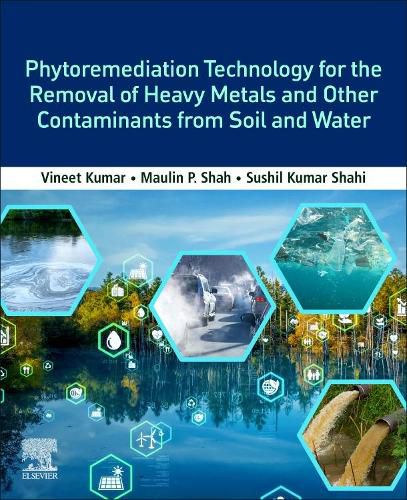Readings Newsletter
Become a Readings Member to make your shopping experience even easier.
Sign in or sign up for free!
You’re not far away from qualifying for FREE standard shipping within Australia
You’ve qualified for FREE standard shipping within Australia
The cart is loading…






Phytoremediation Technology for the Removal of Heavy Metals and Other Contaminants from Soil and Water focuses on the exploitation of plants and their associated microbes as a tool to degrade/detoxify/stabilize toxic and hazardous contaminants and restore the contaminated site. The book introduces various phytoremediation technologies using an array of plants and their associated microbes for environmental cleanup and sustainable development. The book mainly focuses on the remediation of toxic and hazardous environmental contaminants, their phytoremediation mechanisms and strategies, advances and challenges in the current scenario.
This book is intended to appeal to students, researchers, scientists and a wide range of professionals responsible for regulating, monitoring and designing industrial waste facilities. Engineering consultants, industrial waste managers and purchasing department managers, government regulators, and graduate students will also find this book invaluable.
$9.00 standard shipping within Australia
FREE standard shipping within Australia for orders over $100.00
Express & International shipping calculated at checkout
Phytoremediation Technology for the Removal of Heavy Metals and Other Contaminants from Soil and Water focuses on the exploitation of plants and their associated microbes as a tool to degrade/detoxify/stabilize toxic and hazardous contaminants and restore the contaminated site. The book introduces various phytoremediation technologies using an array of plants and their associated microbes for environmental cleanup and sustainable development. The book mainly focuses on the remediation of toxic and hazardous environmental contaminants, their phytoremediation mechanisms and strategies, advances and challenges in the current scenario.
This book is intended to appeal to students, researchers, scientists and a wide range of professionals responsible for regulating, monitoring and designing industrial waste facilities. Engineering consultants, industrial waste managers and purchasing department managers, government regulators, and graduate students will also find this book invaluable.